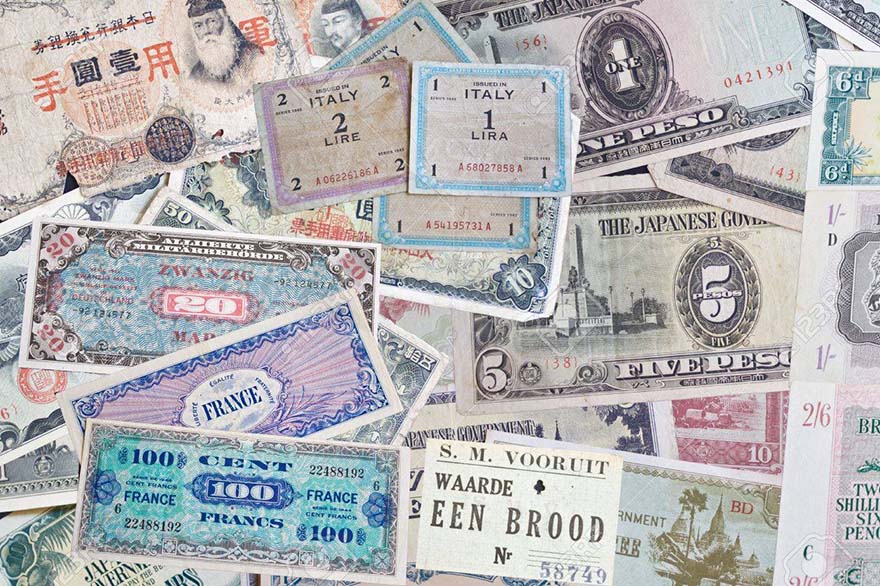The following are some of the exclusive pieces included in the collection of original World War II banknotes.
10 rupias. 1942. Birmania
Issued for use in Burma, it belongs to what is called "Japanese Invasion Currency" (JIM). The Japanese, as they invaded territories, issued this type of currency in Burma (present-day Myanmar), Malaya (Malaysia and Singapore), the East Indies, Oceania and the Philippines.

5 mark. Germany
In order to control inflation and limit the circulation of currency, a new type of currency called "Reichskreditkassenschein" was created for use in the territories occupied by Hitler's forces. In practice this translated into the transfer of the costs of the occupation to the occupied nation. These banknotes were issued between 1939 and 1945.
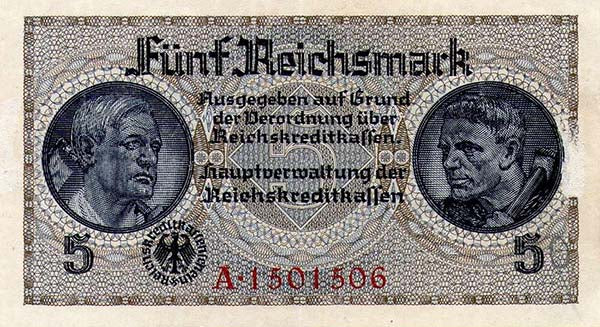
5 yens. Japan
Known as Japanese Military Yen, it was initially the currency issued to pay the salary of Japanese soldiers. In part of China and in Hong Kong, during the Japanese occupation, the local population was forced to use it as the official currency from 1938 onwards. After the war it lost all value. As recently as June 1999, a Japanese court dismissed a lawsuit claiming redemption of Japanese military yen.
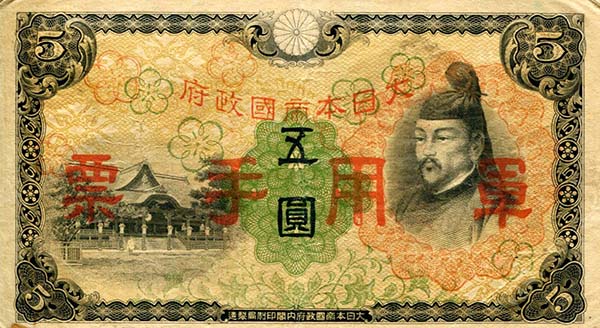
100 Korum. Bohemia & Moravia
In March 1939, the German Nazis created the protectorate of Bohemia-Moravia after the military occupation of Czechoslovakia. This banknote is issued in August 1940 and all inscriptions are in German and Czech.
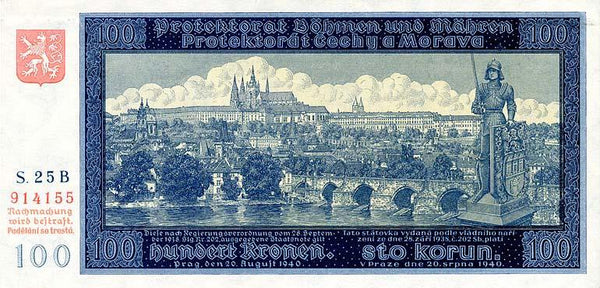
1 pound. United Kingdom
This banknote is actually a special voucher issued by the British armed forces in 1948 for use by British troops stationed in Germany after World War II. Its use was restricted to canteens and places subject to army regulations regardless of where operations took place.

2000 dracms. Greece
Issued during the German occupation. Inflation was terrible and its real value was 200,000,000 drachmas.

100 dinars. Serbia
It was originally printed in 1929. After the Nazi invasion they were overprinted with the inscription "National Bank of Serbia" in Cyrillic characters.

100 kuna. Croatia
Kuna means sable in Croatian. Kuna has no relation to other currencies called "Crown". Its name comes from the Middle Ages when sable skins were used as units of value.

5 rupees. India.
In 1992, in the interior of the S.S. Breda, a British Navy ship sunk in 1940, a group of divers made an astonishing discovery. In one of the containers they found paper, but not just any paper, but high quality paper used to print banknotes. Incredibly, although the boxes had been eaten away and the edges of the sheets were torn, most of the contents were in usable condition. Portals, a company owned by the Bank of England, had manufactured this special watermarked paper with the portrait of King George VI in 1940 to print Indian banknotes, but they never reached their destination.
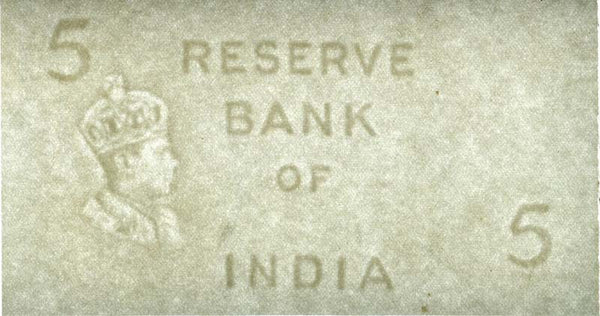
1 peso. Philippines
Second issue of "Japanese occupation currency" in the Philippines. Curiously with the monument to the nationalist politician and writer, Jose Rizal, as the main motif.

1 peso. Philippine Guerrilla
A curious banknote printed by the Philippine guerrillas who even issued their own paper money. The Japanese government, in its eagerness to put an end to its circulation on the island, even punished its mere possession with the death penalty.
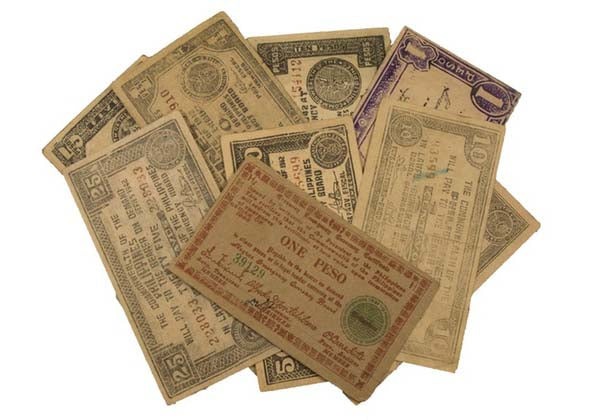
10 dollars. 1943. Malaya
Interestingly, the Japanese even issued dollars, albeit Malayan dollars, during their invasion.


